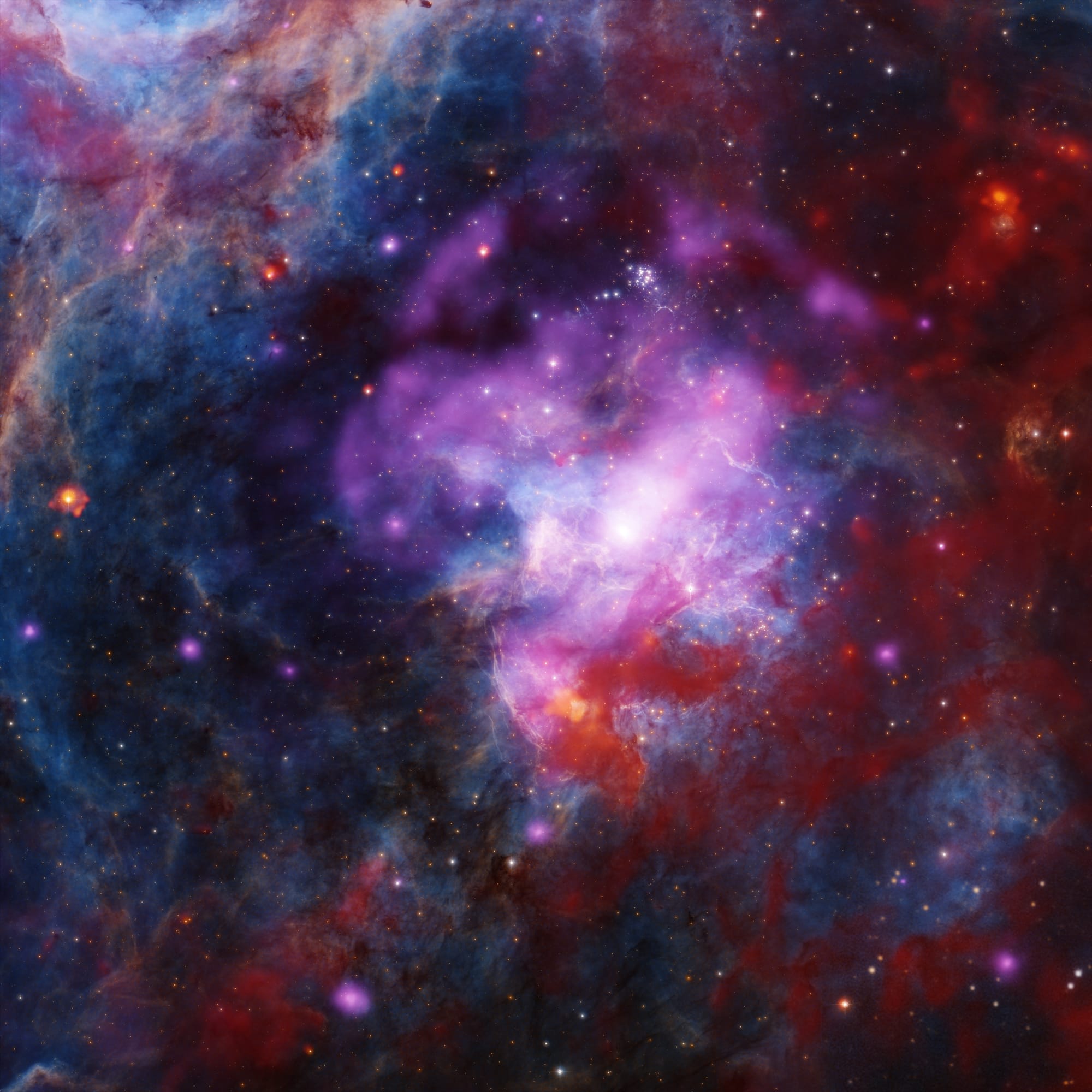States Need To Step Up Their EV Charging Infrastructure — Is 2024 The Year?
by Carolyn Fortuna | CleanTechnica

As of December, 2023, no electric vehicle (EV) charging stations had been constructed with the $7.5 billion in federal investment available through the Federal Highway Administration’s National Electric Vehicle Infrastructure Formula Program. The Program provides funding to states to strategically deploy EV charging infrastructure and to establish an interconnected network to facilitate data collection, access, and reliability.
States and the charger industry blame the delays mostly on what Politico calls “the labyrinth of new contracting and performance requirements they have to navigate to receive federal funds.” While federal officials have authorized more than $2 billion of the funds to be sent to states, fewer than half of states have even started to take bids from contractors to build the chargers.
Needless to say, that means federally funded charging infrastructure construction hasn’t begun.
As AI Rises, So Do Calls For More Creativity
by Joe McKendrick | Forbes.com

It may seem paradoxical, but the rise of the machines is creating an even greater demand for creativity. Artificial intelligence in particular may bring more automation, but more demand for people skills at the same time. “Regardless of the industry or how the tech is adopted, workers will increasingly need to adjust and learn to embrace soft skills to excel in tomorrow’s workplace,” says CF Su, vice president of machine learning at Hyperscience.
That’s the consensus among industry experts and leaders, who are calling for a new breed of management, focused on bringing out the innovation that machines can’t generate. Blame generative AI for really stirring this up, as it “is helping automate the more menial tasks of our jobs which will require workers to be more creative if they really want to stand out and make an impact," says Gordon Ritter, co-founder and General Partner with Emergence Capital. "As the rise of AI in the workplace continues, managers need to look for more creative and non-consensus people around them, and avoid those that will be more complacent."
How businesses can avoid three common product innovation pitfalls
by Diya Jolly | Smart Company

In today’s fast-moving technological and competitive market, the gap between ordinary and extraordinary companies is widening. Product development is seen as a crucial part of innovation and companies are trying to crack the code to meet customer needs in a novel way and stay relevant.
According to a recap on PDMA Best Practice studies, it takes more than speed, quality and costs to innovate and compete, with no one factor required for high innovation performance. Rather, the “best” companies are those that undertake many product practices, continually evolve their capabilities and embrace uncertain times as an opportunity to invest in innovation rather than retreat.
This research and my experience helping startups and enterprises like Microsoft and Google build and launch products over the past two decades has revealed that innovation isn’t inherent nor is infinite. Innovation is a mindset and a muscle that companies need to continuously nurture and flex. A culture that values risk-taking and empathy is just as important as having the right budget and resources.
Still today, the overall new product development success rate sits at around 50% and there could be a number of different factors contributing to this. In my experience, there are three major pitfalls that companies need to watch out for when commencing new product initiatives or programs.
🌙 NASA - Best Photo from Last Week
30 Doradus B: NASA Telescopes Start the Year With a Double Bang

A colorful, festive image shows different types of light containing the remains of not one, but at least two, exploded stars. This supernova remnant is known as 30 Doradus B (30 Dor B for short) and is part of a larger region of space where stars have been continuously forming for the past 8 to 10 million years. It is a complex landscape of dark clouds of gas, young stars, high-energy shocks, and superheated gas, located 160,000 light-years away from Earth in the Large Magellanic Cloud, a small satellite galaxy of the Milky Way.
The new image of 30 Dor B was made by combining X-ray data from NASA’s Chandra X-ray Observatory (purple), optical data from the Blanco 4-meter telescope in Chile (orange and cyan), and infrared data from NASA’s Spitzer Space Telescope (red). Optical data from NASA’s Hubble Space Telescope was also added in black and white to highlight sharp features in the image.
A team of astronomers led by Wei-An Chen from the National Taiwan University in Taipei, Taiwan, have used over two million seconds of Chandra observing time of 30 Dor B and its surroundings to analyze the region. They found a faint shell of X-rays that extends about 130 light-years across. (For context, the nearest star to the Sun is about 4 light-years away). The Chandra data also reveals that 30 Dor B contains winds of particles blowing away from a pulsar, creating what is known as a pulsar wind nebula.
When taken together with data from Hubble and other telescopes, the researchers determined that no single supernova explosion could explain what is being seen. Both the pulsar and the bright X-rays seen in the center of 30 Dor B likely resulted from a supernova explosion after the collapse of a massive star about 5,000 years ago. The larger, faint shell of X-rays, however, is too big to have resulted from the same supernova. Instead, the team thinks that at least two supernova explosions took place in 30 Dor B, with the X-ray shell produced by another supernova more than 5,000 years ago. It is also quite possible that even more happened in the past.
This result can help astronomers learn more about the lives of massive stars, and the effects of their supernova explosions.
The paper led by Wei-An Chen describing these results was recently published in the Astronomical Journal. The co-authors of the paper are Chuan-Jui Li, You-Hua Chu, Shutaro Ueda, Kuo-Song Wang, Sheng-Yuan Liu, all from the Institute of Astronomy and Astrophysics, Academia Sinica, in Taipei, Taiwan, and Bo-An Chen from National Taiwan University.
NASA’s Marshall Space Flight Center manages the Chandra program. The Smithsonian Astrophysical Observatory’s Chandra X-ray Center controls science operations from Cambridge, Massachusetts, and flight operations from Burlington, Massachusetts.
Read more from NASA’s Chandra X-ray Observatory.
For more Chandra images, multimedia and related materials, visit:
https://www.nasa.gov/mission/chandra-x-ray-observatory/
Visual Description:
Today’s release features a spectacular composite image of a large region of space where stars have been continuously forming for the past eight to ten million years. At the center of this complex landscape of brilliant, colorful gas clouds is a supernova remnant. Known as 30 Doradus B, the remnant likely contains the remains of at least two exploded stars.
The entire image is awash in intricate clouds, and swathes of superheated gas. At our upper lefthand corner is a thick, coral pink and wine-colored cloud with a texture resembling cotton candy. At our lower and upper right is a network of deep red clouds that resemble streaks of thick red syrup floating in water. A layer of wispy blue cloud appears to be present across the entire image, but is most evident at our lower left which is free of overlapping gas. Glowing pink, orange, and purple specks of light, which are stars, dot the image.
In the center of the frame is a bright purple and pink cloud, aglow with brilliant white dots, and streaked with lightning-like veins. This is 30 Doradus B, which is delineated by a faint shell of X-rays identified by Chandra. Within this supernova remnant are high energy shocks and winds of particles blowing away from a pulsar.
News Media Contact
Megan Watzke
Chandra X-ray Center
Cambridge, Mass.
617-496-7998
Jonathan Deal
Marshall Space Flight Center
Huntsville, Ala.
256-544-0034


Disclaimer: None of the content in this newsletter is meant to be financial advice. Please do your own due diligence before taking any action related to content within this article.
Disclaimer: Unbound is reader-supported. When you buy through links on our site, we may earn an affiliate commission.






